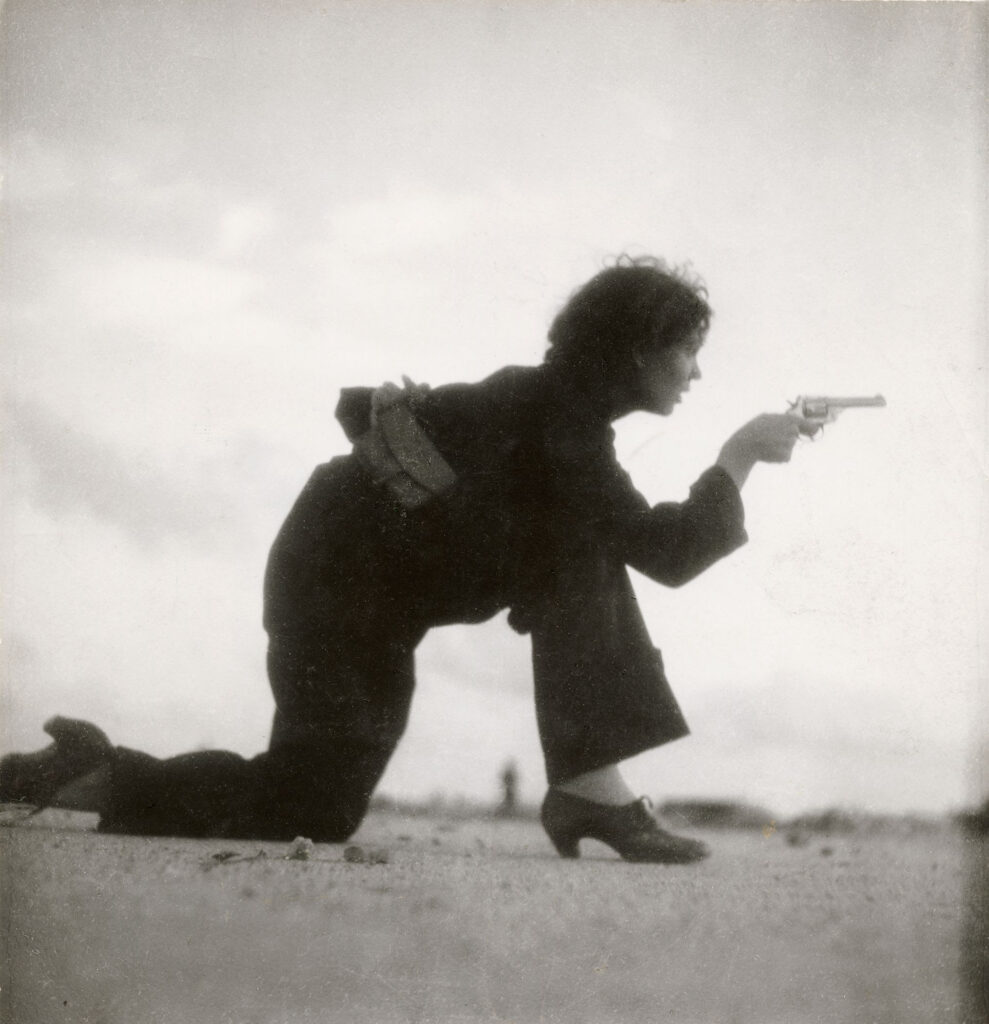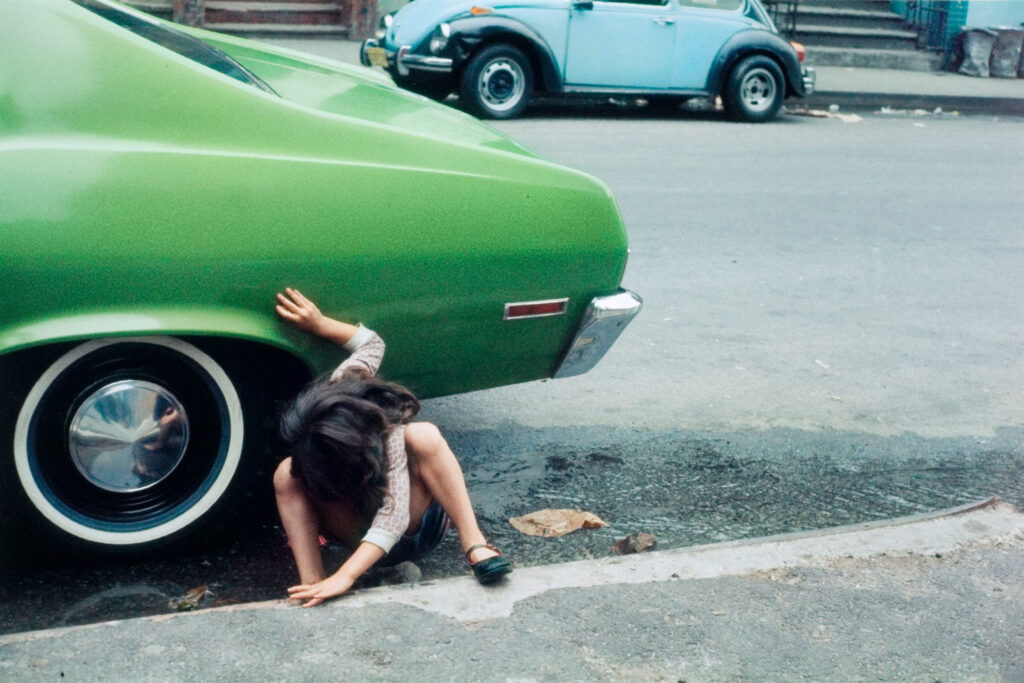The International Center of Photography Shows Off Its Archive’s Depth as It Celebrates a Half Century
The astonishing range of the show speaks to the center’s original mandate for ‘concern.’

International Center of Photography: 50th Anniversary Winter Exhibition
79 Essex Street, New York, NY
January 24, 2024 — May 5, 2024
The International Center of Photography is celebrating its 50th anniversary with a wide-ranging retrospective that promises to be one of the most exciting photography events of the year.
The anniversary exhibition, curated from the center’s voluminous archives, is an eclectic mix. Spanning works between 1845 and 2019, some images have huge historical import, such as the first close images of the lunar surface from NASA’s lunar orbiter. Others, like Andres Serrano’s scandalous “Piss Christ,” record extreme flashpoints in the nation’s culture wars.
Others are vivid images of historic and cultural moments. Reporting from the Spanish Civil War, Gerda Taro’s 1936 profile of a young republican militia woman engaged in target practice on a Barcelona beach is, in a word, wild. Equally engaging is crack shot crime photographer Weegee’s snap of actor Peter Bull camping outrageously as Russian Ambassador Alexi de Sadesky, a role he played for Kubrick’s satirical 1960s Cold War send-up “Dr. Strangelove.”

Others convey more sobering historical narratives. Fazal Sheikh’s photograph of an Afghan exile reverently holding a miniature portrait of his deceased brother is a double study in war and loss. The brother in the portrait was a Mujahadeen betrayed by a schoolteacher whose life he had spared. Images such as these stretch our perspective on the intricate and often cruel contingencies of life and conflict across the globe.
We also get to see the very self-conscious styling of photographers engaged in new social movements when photography is deliberately used as a tool to explore or even forge new identities. French Cameroonian photographer Robert Fosso’s imaginative self-portraits are truly instructive here as he stages and re-invents himself as iconic Black figures in a bid to explore his own pan-African identity.
Equally stylized is Mikalene Thomas’ fictional portrait of an imposing young Black woman from the 1970s, provocatively posed in her fabulously reconstructed living room, entitled “Lovely Six Foota.” We are reminded that aspirational fantasy and costume have always played a crucial, childlike role in the business of image-making, which nonetheless can lead to some very serious adult political action.
To this end, there are also iconic photos from LGBTQ history, such as the touching double portrait by Jess T. Dugan of lesbian couple Hank and Sam, who stare down the camera with resolute humor. Equally historic is graphic designer and photographer Gran Fury’s iconic postcard “Read My Lips,” whose ground-breaking queer imagery was part of the early campaign to raise AIDS awareness in 1988.
There are then the photographers who excel at capturing intimate, unvarnished moments of daily life. Helen Leavitt’s photo of a young girl playing under a green car is eerily absorbing, giving us a window into the cryptic inner world of a young child even as she is hedged in by the blunt environs of the city.

Other photographers in this vein are of a more experimental caliber, such as Paul Mpagi Sepuya’s “Mirror Study,” which uses reflective shards of mirror with formalist bravado. Then there is painter Robert Rauschenberg’s black-and-white image of two vertical slices of sunlight cutting across two chairs, somehow encapsulating the quietist essence of the minimalist 1970s.
The center was founded by Hungarian-born photographer and curator Cornell Capa. He founded the center in 1974 after a distinguished career as a correspondent and photojournalist, and it has since grown into a leading international institution. Its original mandate focused on what Capa termed “concerned photography,” or the idea that photography could compel social change.
It has been largely forgotten that photography was a small, neglected concern at New York City at the time of the center’s founding, a peripheral medium that had yet to gather full acceptance in the contemporary art world. Only one photography gallery existed at the time, and Capa’s initiative shifted this significantly. The tenure of his successor “Buzz” Hartshorn then expanded the range of the center’s focus to explore an even broader swathe of photographic practice.
The astonishing range of the show speaks to the center’s original mandate for “concern.” It also shows us the ways in which photography, an ostensibly mechanical and neutral medium, unfailingly manages to produce deeply individual and personalized windows onto an ever-shifting world.

